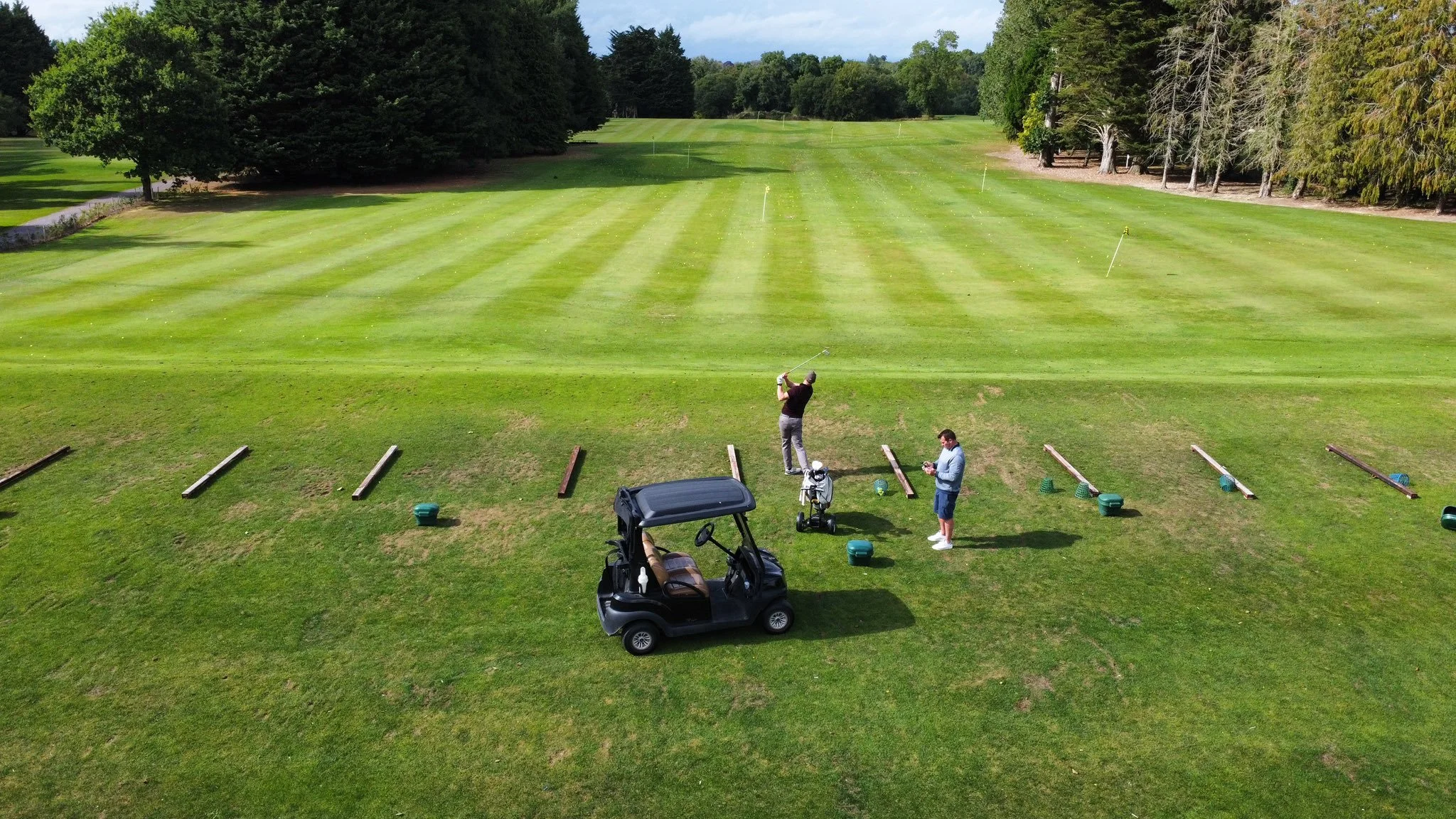Oisín McCabe
Senior Physiotherapist
Our Golfing series is brought to you by our Senior Physiotherapist, Oisín.
(who doubles up as a single-figure handicap golfer).
Oisín :
”To those of you whom I haven’t already met, my name is Oisín and i’ve a keen interest in all things sport, particularly golf.
From both personal and professional experience from working with people of all levels in clinic, I am well accustomed to the trials and tribulations of the sport. Golf is a game for all ages and its accessibility is the main appeal for most. 8 year olds can shoot the same score as 80 year olds although the peak is generally somewhere in between.”
Due to the slower nature of the sport compared to field-based team sports for example, the ability to mitigate the risk of injury is far more favourable than the likes of football. Aside from making contact with a root of a tree, the majority of issues arise due to poor mechanics and tolerance of different structures to the amount of golf swings you may take in a given period. Nonetheless, there are certain issues that are common within a golfing population that we need to be aware of which I will discuss below.
Lower Back (Lumbar Spine)
Pain in the lumbar region either from an acute incident or gradual onset is not uncommon across the general population.
Within the golf swing, the lumbar spine will need to absorb the speed produced by the body and help to propel the body and the clubhead. The structures that are generally involved in a low back problem are either muscular, joint, connective tissue or in certain cases neural or nerve-related in nature.
The common golf-related links to both acute and chronic low back pain can be linked to one or multiples of the following; low back, mid back or hip range of motion and strength.
Hip Joint
During the swing, especially as the speed increases through the impact position, the hip needs to clear the way for the clubhead to reach the ball. This requires a certain amount of hip joint rotation movement which can naturally reduce as we progress through the decades. This is not to say that you need to work around this but there is often an opportunity to improve aspects of how the hip joint moves.
Elbow
Pain in the elbow region may arise on either the inside or outside of the elbow. Many people are aware of a “tennis elbow” complaint which is linked to the forearm and wrist extensor tendons on the outside of the elbow; however, “golfer’s elbow” is the term associated with the forearm flexor tendons on the inside of the elbow. Neither issue is exclusive to their sport. The term is given to the most common population with an issue in their respective location. An elbow pain can commonly increase with a sudden change in the amount of swings per week or occasionally with swing or grip changes - the manic practice before a round or golf trip with friends comes to mind. The primary aims to reduce the risk here is to maintain a consistent practice or playing amount and to be aware how other components to the swing can impact on the force applied through an irritable tendon.
Heel of Hand and Wrist
Referring back to the contact component mentioned above, there may be scenarios where the club makes hard contact with the ground or the root of a tree. We have seen these types of issues on professional tours where one shot can make all the difference and players take the risk of a full shot in close proximity to a tree. Although we may not be playing with the same margins, there are times in a round or club competition where we take the risk and our precision is lacking. Hamate fractures, a small bone within the wrist, are documented in golf injury research along with wrist ligament sprains. If there is an acute moment with significant force and the pain does not subside within 48 hours it may be worth looking into an XRay to rule out a bony injury.
There is a high level of variance in how frequently these issues occur and a similar variance in their severity in terms of days away from the sport.
If in doubt or if you are unable to perform to the levels you would generally be accustomed to, speak to a physiotherapist with golf experience who can assist you with getting back to where you aim to be and even progress your golf performance.
Stay tuned for the next blog which will delve further into the aspect of performance improvement at a physical level which will allow you to maximise your swing and game.
If you have questions on any of the above topics, would like to discuss your own personal case or would like to learn more, feel free to reach out to me via the form below and I will be happy to discuss.
Oisín
Phone : 046 9062265
Email : oisin@mcenteephysio.com

